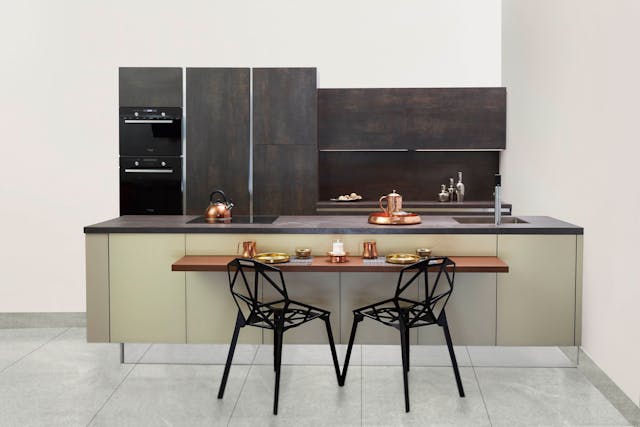The kitchen is a crucial aspect of the home and it is where you cook, dine and gather with family and friends. When you are renovating the kitchen, you need to make sure that universal design features are incorporated so that it can improve comfort, accessibility and functionality for everyone regardless of their age or abilities.
Universal design principles give priority to inclusivity
And this allows you to accommodate a wide range of needs. You will be able to create a kitchen that is welcoming to everyone and user-friendly. You can visit amityliving.com.au to get an idea of kitchen renovations and inspirations. An important step in creating an accessible kitchen is having a spacious and open layout. This makes it easier to move through it and navigate it especially if you are using a mobility aid like a walker or wheelchair. You need to have clear pathways and sufficient clearance around appliances and fixtures so that you can accommodate manoeuvrability. You need to have at least 3 feet of clearance between countertops, appliances and islands so that you can move unhindered throughout the space. Also, you can have adjustable heights for the countertop so that users of different heights can use it. This will create customisable work surfaces that can accommodate different preferences and activities. You can also incorporate countertops of varying depths. You can raise or lower the adjustable countertops depending on the person using the kitchen so that everyone can enjoy ergonomic comfort.

Storage is an important requirement
In a kitchen and you need to have accessible and efficient storage so that usability can be maximised. You can have lower cabinets with pull-out shelves or drawers so that you can obtain easy access to pans, pots and other cooking utensils without having to reach or bend. You can also have upper cabinets at lower heights or have open shelving to keep frequently used items so that it is easier to access them even for individuals with limited mobility or reach. Adjustable shelving solutions can be used such as slide-out baskets and pull down racks so that storage options can be customised. This will help accommodate a variety of preferences and needs.

The entry points
And doorways to the kitchen should be wide enough to allow individuals with mobility aids or assistive devices to access them. There has to be a minimum width of 3 feet for the doorways so that walkers, wheelchairs and other mobility aids can be accommodated. If you want to maximise space, you can use sliding doors or pocket doors. This will eliminate swing clearance which can take up a lot of space in a small or narrow kitchen. Lever handles and D shaped pulls are ideal for cabinet and drawer hardware as these are easy to grip compared to knob handles. This makes them more accessible and user-friendly. This is because the shape of these handles provides a larger griping surface. You can also allow for sitting or standing options by having multi-height work surfaces. You can have breakfast bars, countertops and islands in different heights so that different tasks can be accommodated.





